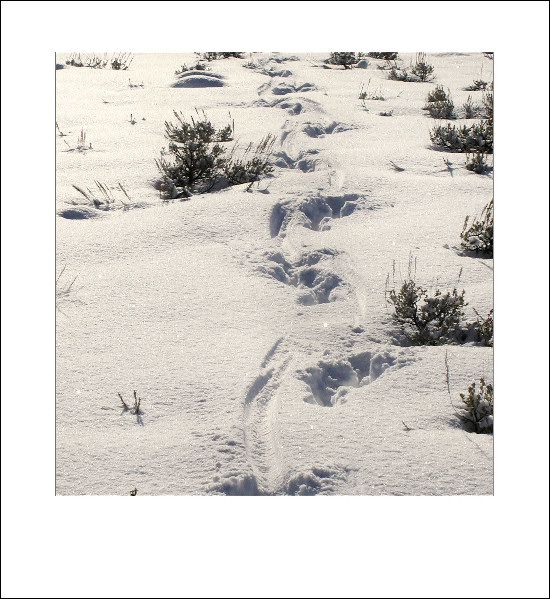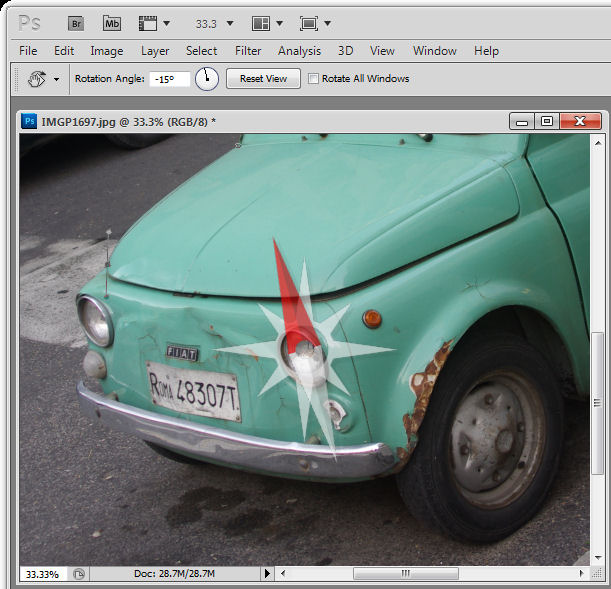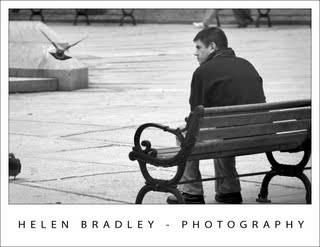When the sun goes down, a world of different lights opens up and it’s a great time to pull out your camera for some stunning photos. However, before you go out to shoot at night, there are some things to think about that will help you take great shots even when the lighting isn’t ideal.
Today we’re starting a new tip series – shooting right at night and here’s the first tip:
Make light or capture what little there is
At night, there’s obviously less light than there is during the day. So, to get good shots you either have to replace the missing light with a flash, or open up the aperture so more light gets in and slow the shutter speed so the camera gets enough light to register the image. You can also up the ISO – in the next few tips we’ll look at each of these options in more detail and find some great topics for shooting at night.






